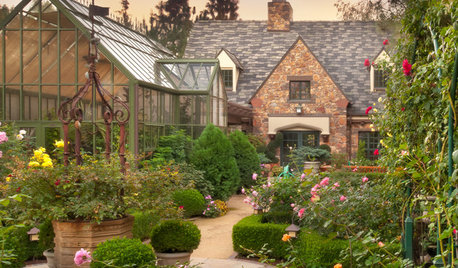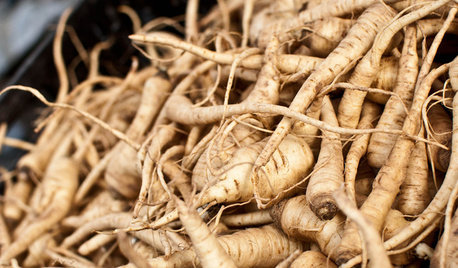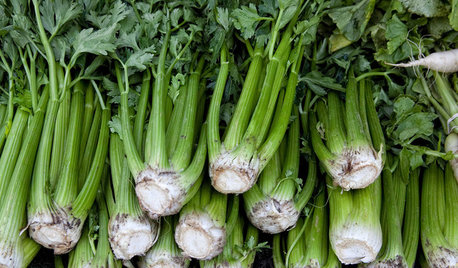Root Knot Nematodes
eltejano
13 years ago
Related Stories

GARDENING AND LANDSCAPINGGeometry Roots Great Garden Design
To learn why some garden designs seem particularly pleasing to the eye, look to mathematical shapes and patterns
Full Story
DECORATING GUIDESKnot Again! Macrame Is Back
It's happened. A craft that typified 1970s style (the owls, the spider plants!) is back, but better
Full Story
GARDEN STYLESNew Garden Styles Reveal Roots in Arts and Crafts Design
Landscape design from a century ago is still influencing gardens today — see if any of its features have sprung up in yours
Full Story
ROOTS OF STYLEDesign Through the Decades: The 1990s
Homes make room for tech products and task chairs, while sofas slip into something more comfortable
Full Story
RUSTIC STYLESuper Natural Design
Decorate With the Found Sculpture of Driftwood, Sticks and Roots
Full Story
ROOTS OF STYLEDesign Through the Decades: The 1930s
A monument to Art Deco sails into history, Fallingwater rises, and the Anglepoise lamp and butterfly chair take wing
Full Story
COOL-SEASON CROPSCool-Season Vegetables: How to Grow Parsnips
This unfairly maligned root vegetable is the ideal choice for a winter garden, sweetening with the frost and having a long storage life
Full Story
ROOTS OF STYLEDesign Through the Decades: The 1970s
Concern for the planet spurs a shift toward ecologically and socially responsible architecture and products
Full Story
COOL-SEASON CROPSHow to Grow Celery
If you're up for a challenge this fall, try growing celery and celeriac in your garden.
Full Story0

GARDENING GUIDES9 Low-Growing Hedges That Make Good Neighbors
Define garden areas or borders without blocking the view, with these evergreen shrubs that take kindly to trimming
Full Story





budb
eltejanoOriginal Author
Related Professionals
Sand Springs Landscape Architects & Landscape Designers · Canton Landscape Contractors · Springfield Landscape Contractors · Brownsville Landscape Contractors · Fishers Landscape Contractors · Florham Park Landscape Contractors · Little Ferry Landscape Contractors · Mequon Landscape Contractors · Mesa Landscape Contractors · Middle River Landscape Contractors · Snoqualmie Landscape Contractors · Tavares Landscape Contractors · Wailuku Landscape Contractors · Hawaiian Gardens Landscape Contractors · Wildomar Solar Energy Systemssoftmentor